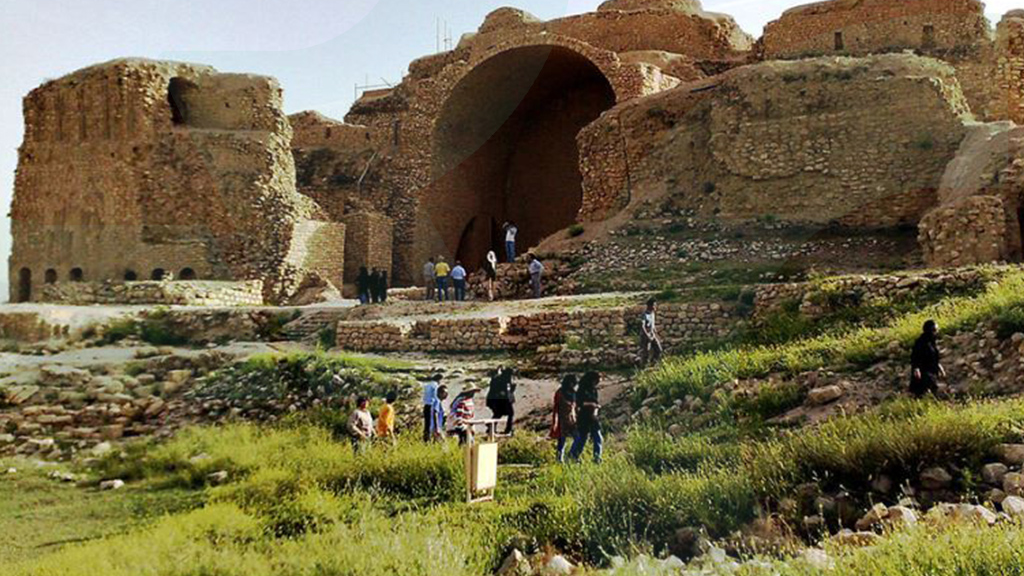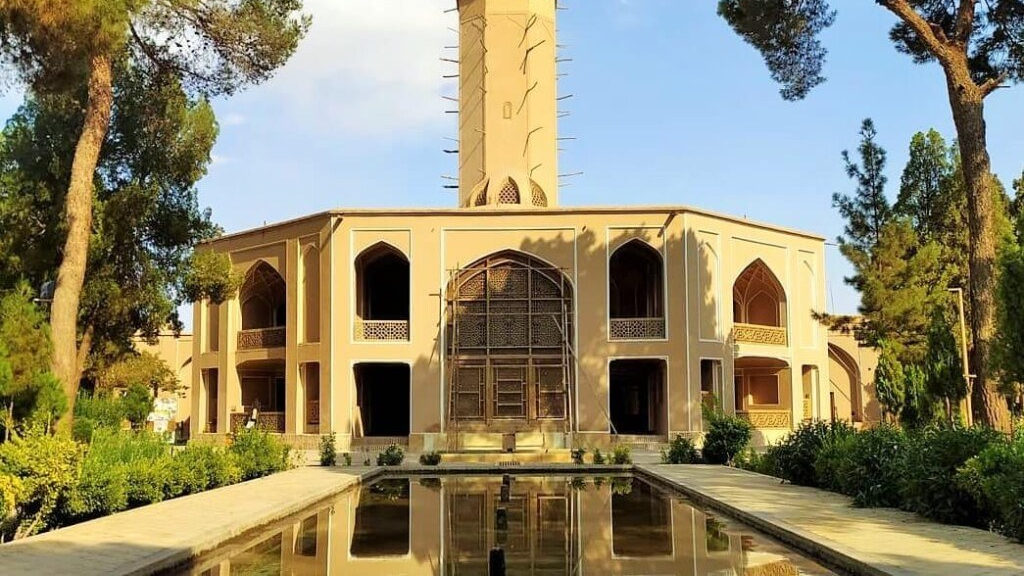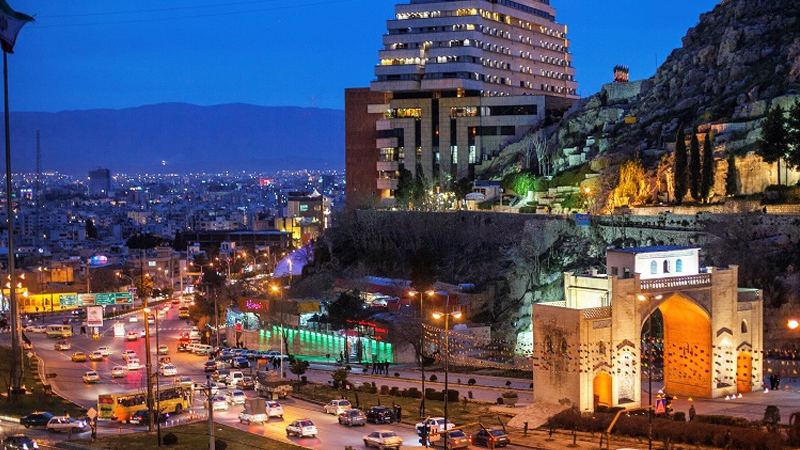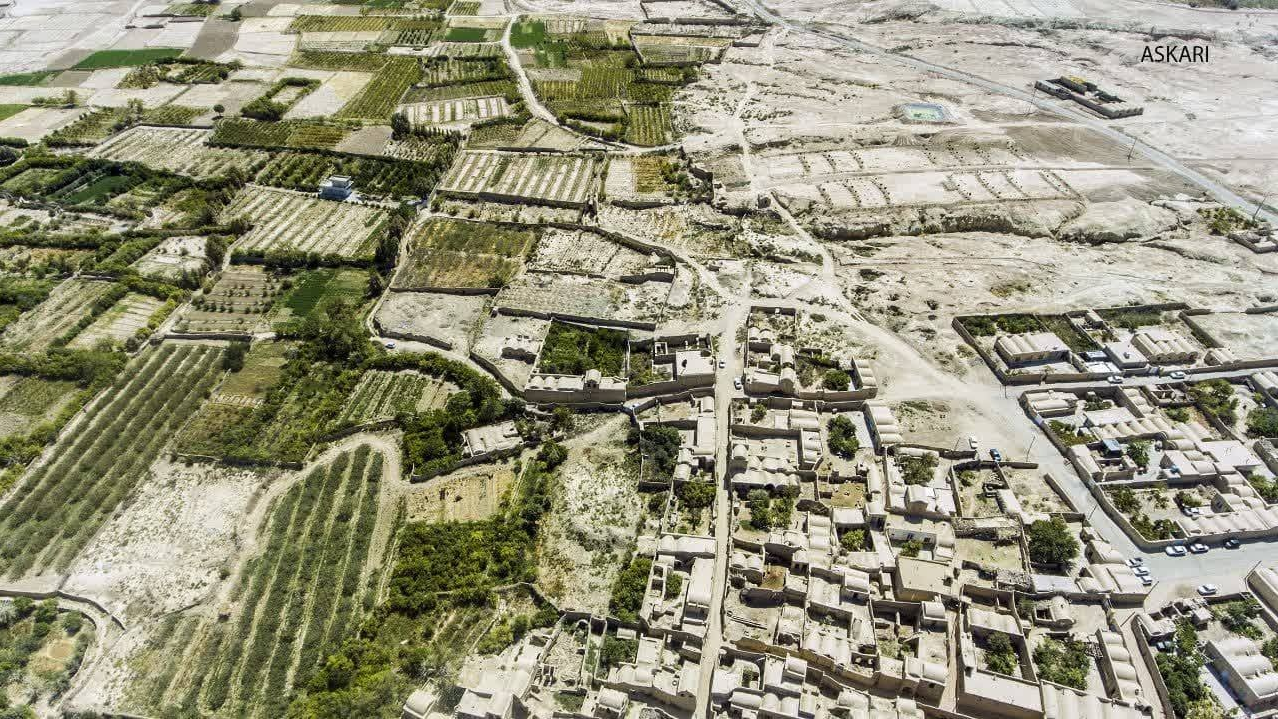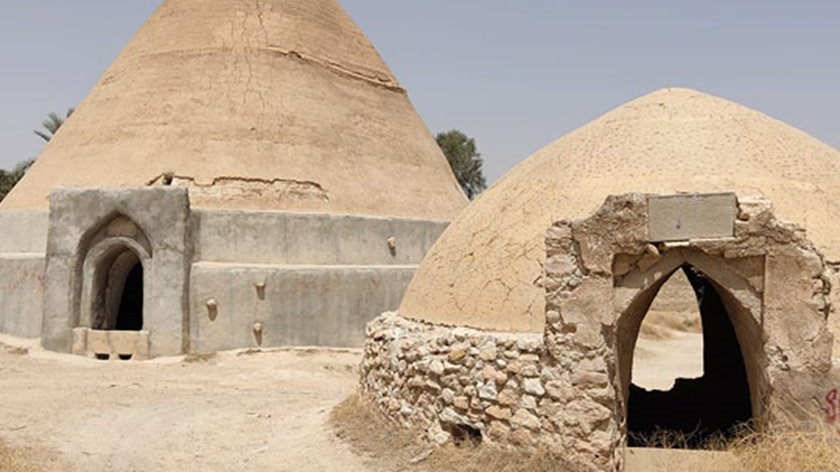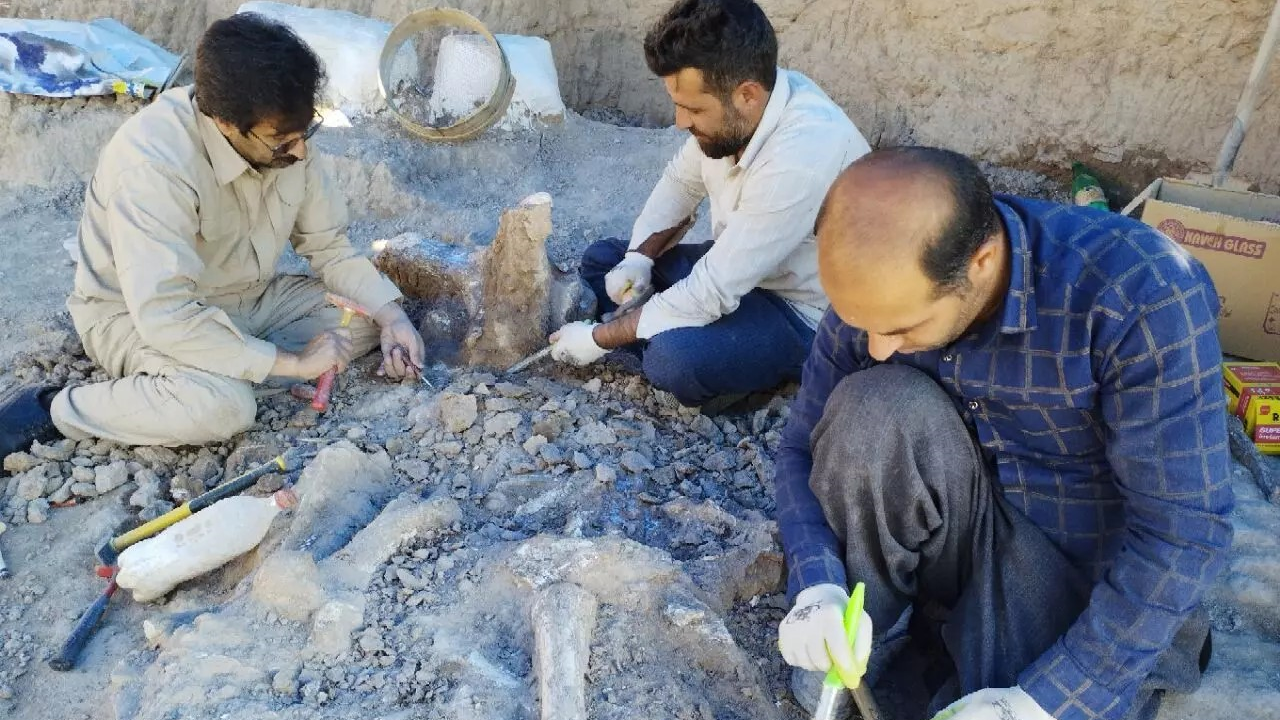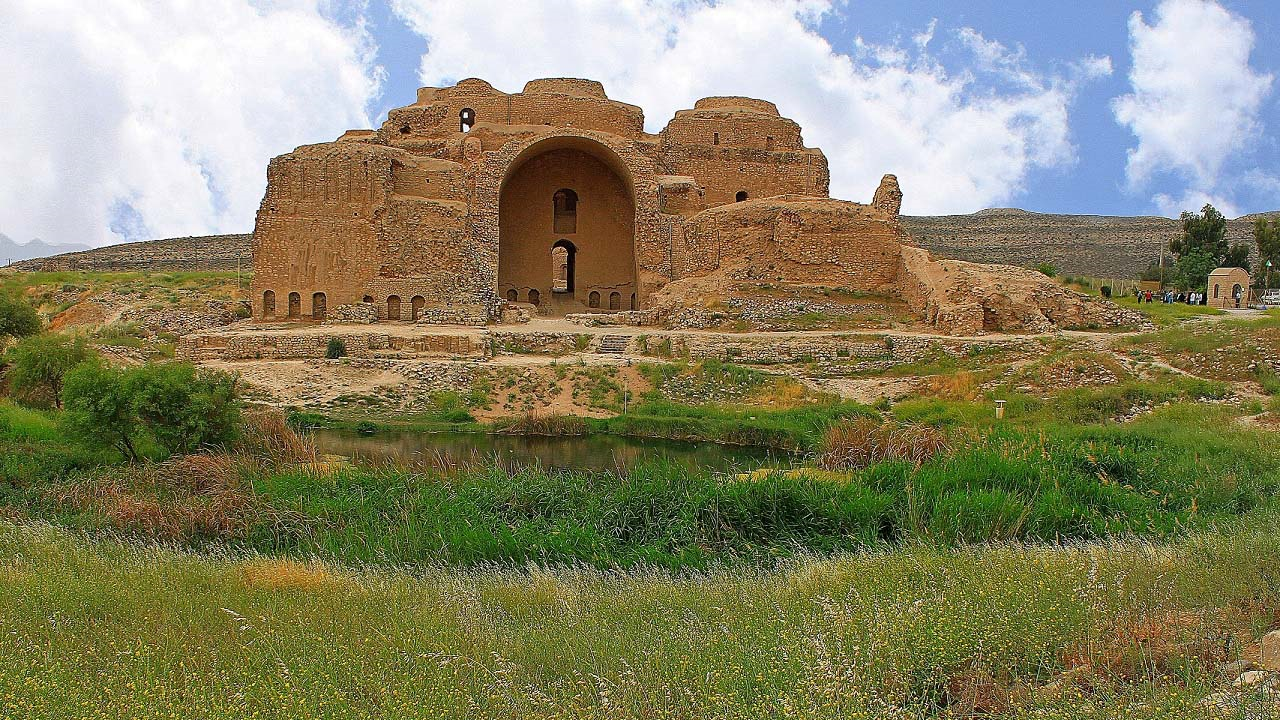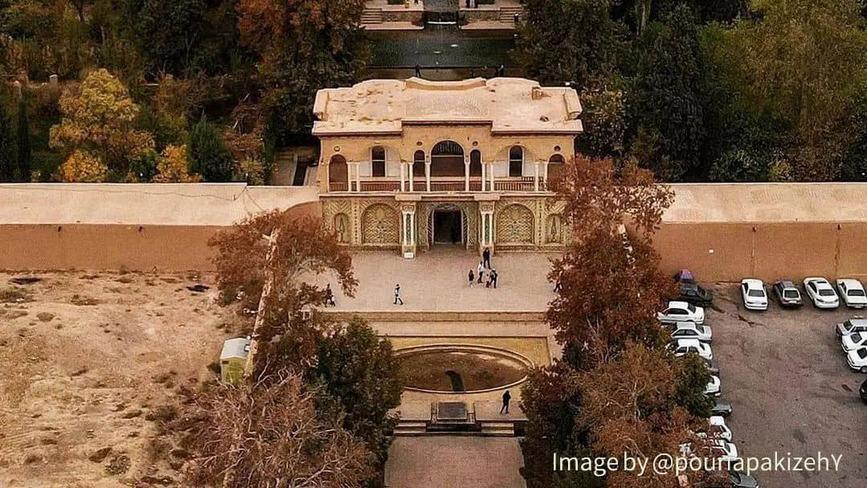
Historical Khoda Afarin Bridges
Aras River is one of the border rivers of Iran. This roaring river has been of a legendary aspect in ancient Iranian literature. Aras River originates from the mountains of Türkiye and flows into the Caspian Sea after joining the Kura River in the Republic of Azerbaijan. This river has a total length of 1072 km. Since the distant past, bridges have been built on this river to make it easier to travel to both sides. Some of these bridges, including the Khoda Afarin bridges, which are several centuries old, are still standing.
History and Features of Khoda Afarin Bridges
Khoda Afrin bridges were built at a short distance from each other, in a place where the width and depth of the Aras River made it possible to build the bridge. The two cities of Khoda Afrin in Iran and Jabrayil in the Republic of Azerbaijan have been connected by these two bridges.
The older bridge has also been called “Cyrus Bridge” and “Khosrow Bridge” in historical sources. Some people believe that the original structure of this bridge was constructed in the Achaemenid era (first millennium BC) and was destroyed over time. Others believe that this bridge is called Khosrow because the Sassanid king, Khosrow I, who was the king of Iran from 531 to 579 AD, restored this bridge and put his name on it. The old bridge of Khoda Afarin is made of stone and that is why it is white. The length of the bridge reaches 120 meters and has 11 arches.
The newer bridge, made of bricks, is 160 meters long and has 15 arches. 120 meters of this bridge is located in Iran and 40 meters in Azerbaijan. The size of these arches is not proportional to each other. The reason for the uneven size of the arches is the repeated destruction and reconstruction of the bridge over several centuries. Of course, in order to place the foundations of the bridge on the rocks in the middle of the river, some arches were designed and built with different sizes right in the beginning. The foundations of this bridge are made of brick and plaster and lime mortar. To make the bridge stronger, several breakwaters have been built for it. The presence of these breakwaters is one of the reasons for the stability of the bridge against floods and roaring river water. According to historical sources, this bridge was constructed in the Safavid era (19th century AD), but some experts date it to the early centuries after Islam (7th to 10th century AD). Walking on the new Khoda Afrin bridge is one of the recreations of tourists who travel to this part of Iran.
The Present Conditions of Khoda Afarin Bridges
Khoda Afarin Dam is located upstream of Khoda Afarin bridges giving them a unique and spectacular view. Khoda Afrin Dam is a gravel type with a clay core and is 61 meters high and 390 meters long. The artificial lake behind the dam has a volume of about one billion and 600 million cubic meters of water. This water is used for irrigating several thousand hectares of agricultural lands in Iran and Azerbaijan and to produce electricity. Qiz Qalasi or Giz Galasi Dam is also located downstream of the bridges. This dam, which was inaugurated in 2024, has the capacity to produce 40 megawatts of electricity. Qiz Qalasi Dam is an earthen dam with a clay core.
The Historical and Cultural Importance of Khoda Afarin Bridges
Khoda Afarin bridges have played a role in important events such as the arrival of Muslims in the Caucasus, the military expedition of Cyrus to the north of the Aras River, and the Iran-Russia wars (19th century). Before the wars between Iran and the Russian Empire in the 19th century, the northern lands of the Aras River were part of Iran’s territory, but in the two treaties signed, these parts were separated from Iran and annexed into the territory of the Russian Empire.
Thus, since 1828 AD, the Aras River was recognized as the border between Iran and the Russian Empire; but this political border did not separate the residents of the two sides of this river, who had cultural and racial commonalities, and their relations with each other continued. Bridges on the Aras River, including the bridge that was used in Khoda Afrin for passage, played an important role in these economic and cultural relations. The cultural importance of these bridges caused commemorative stamps to be printed with their images from the Iran and Azerbaijan sides.
Khoda Afarin bridges have played a role in important events such as the arrival of Muslims in the Caucasus, the military expedition of Cyrus to the north of the Aras River, and the Iran-Russia wars (19th century).
| Name | Historical Khoda Afarin Bridges |
| Country | Iran |
| State | East Azerbaijan |
| City | Khodaju |
| Type | Historical |
| Registration | National |

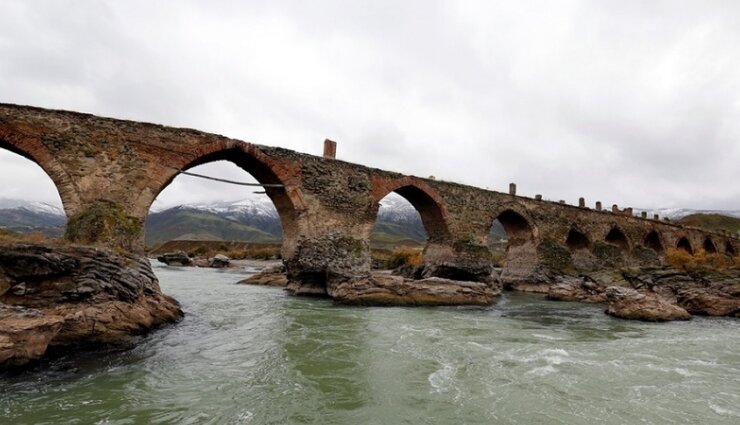
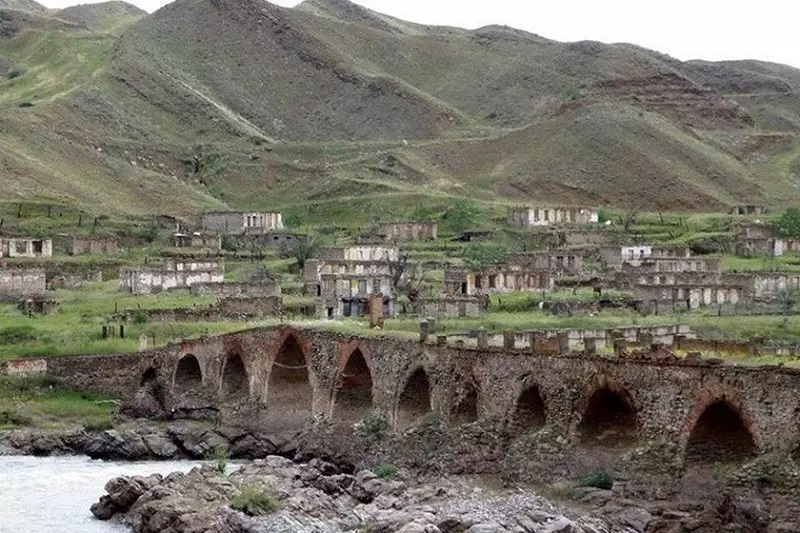
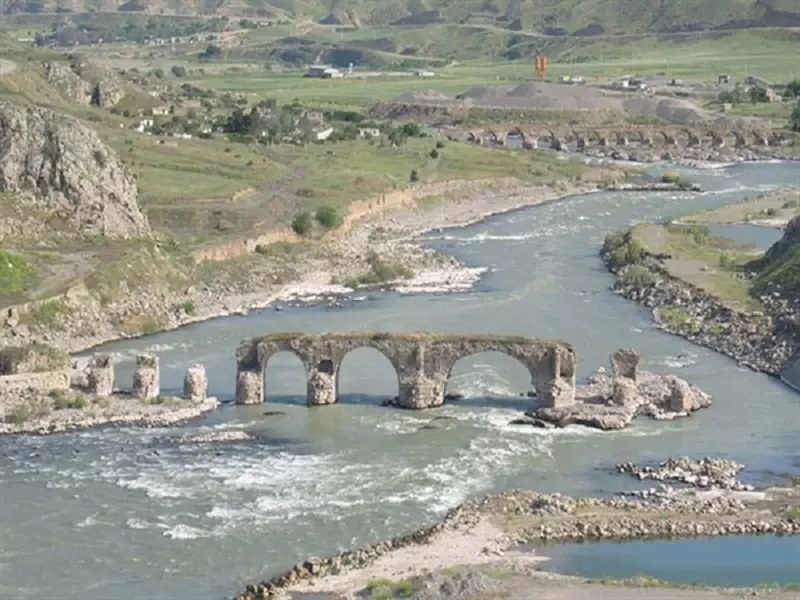




Choose blindless
Red blindless Green blindless Blue blindless Red hard to see Green hard to see Blue hard to see Monochrome Special MonochromeFont size change:
Change word spacing:
Change line height:
Change mouse type:
